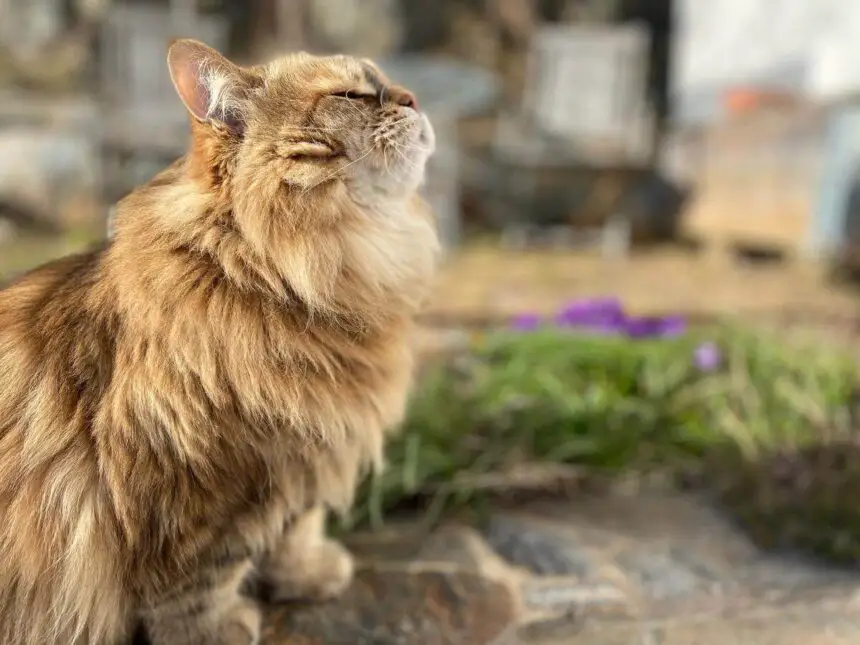Cats are fascinating creatures known for their agility, independence, and keen senses. Among these senses, their olfactory system stands out as an extraordinary tool for survival. With their powerful noses, cats possess an impressive ability to detect scents, including the tantalizing aroma of food. This article aims to explore the olfactory prowess of cats and answer the intriguing question: how far away can cats smell food?
The Anatomy of a Cat’s Olfactory System
Before diving into the remarkable distances at which cats can detect food scents, it is essential to understand their olfactory system. Cats possess a highly developed sense of smell, consisting of specialized anatomical structures that enable them to perceive odors with exceptional precision. Their olfactory receptors, located within the nasal cavity, are responsible for detecting and processing scent molecules.
The Power of a Cat’s Nose
To comprehend how far cats can smell food, it is crucial to appreciate the capabilities of their noses. Cats have approximately 200 million olfactory receptors, compared to a human’s mere 5 million. This abundance of receptors allows cats to detect and discriminate a wide range of scents with remarkable sensitivity. In fact, a cat’s sense of smell is estimated to be between 10,000 to 100,000 times more sensitive than that of humans.
The Influence of Environmental Factors
Various factors impact a cat’s ability to detect food scents over distances. These include air temperature, wind direction, humidity, and the intensity of the odor. Cats can pick up scents more effectively in optimal conditions, such as when the air is cooler and carries the aroma in a consistent manner. Understanding these environmental factors is essential in determining how far a cat can smell food.
The Distance Cats Can Smell Food Indoors
When it comes to indoor environments, cats can detect the scent of food from considerable distances. Even though precise measurements are challenging, feline experts suggest that cats can detect food scents from up to half a mile away. This ability is particularly useful in households with multiple cats or when food preparation takes place in a separate area from where the cats are situated.
The Distance Cats Can Smell Food Outdoors
In the great outdoors, cats’ sense of smell becomes even more remarkable. In their natural habitats or when allowed outside, cats can detect the scent of food from much greater distances. It is believed that under optimal conditions, cats can smell food up to one to two miles away, depending on factors such as wind direction and the strength of the odor.
The Impact of Breed and Individual Differences
It is important to note that a cat’s olfactory abilities can vary based on breed and individual differences. Certain cat breeds are known for their exceptional sense of smell, such as the Maine Coon and the Turkish Van. Additionally, each cat has its own unique sensory profile, which can influence its ability to detect and locate food scents.
The Evolutionary Advantage of a Cat’s Sense of Smell
Understanding the remarkable distance at which cats can smell food helps shed light on their evolutionary advantage. Cats are predators by nature, and their acute sense of smell allows them to locate potential prey, identify sources of nourishment, and navigate their environment efficiently. This survival skill has been honed through thousands of years of evolution.
Conclusion
In conclusion, cats possess an extraordinary sense of smell that allows them to detect food scents from remarkable distances. Their olfactory system, with a high density of receptors, gives them a level of sensitivity far superior to that of humans. Whether indoors or outdoors, cats can pick up the tantalizing aroma of food and locate its source with remarkable precision. Understanding and appreciating the capabilities of a cat’s sense of smell not only sheds light on their remarkable adaptations but also deepens our admiration for these fascinating and enigmatic creatures.


